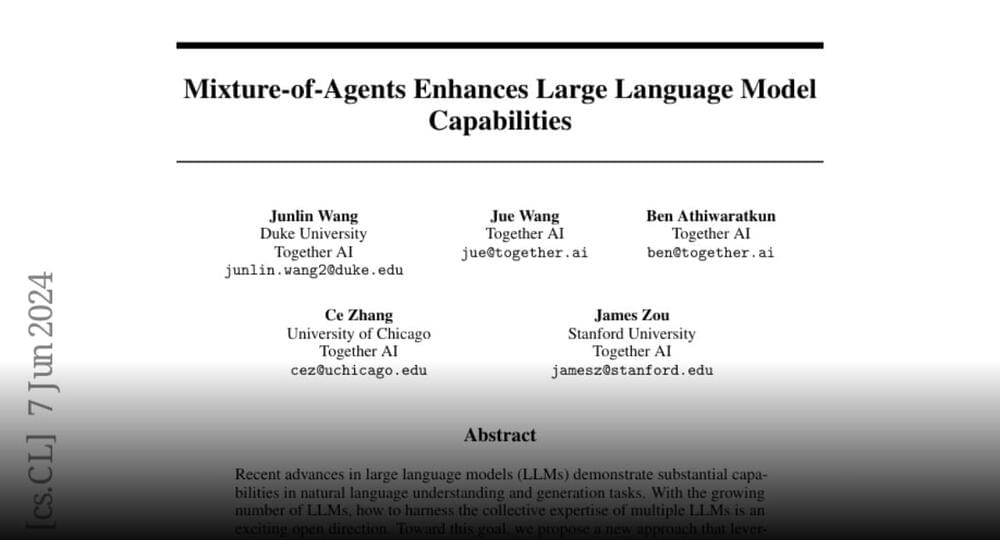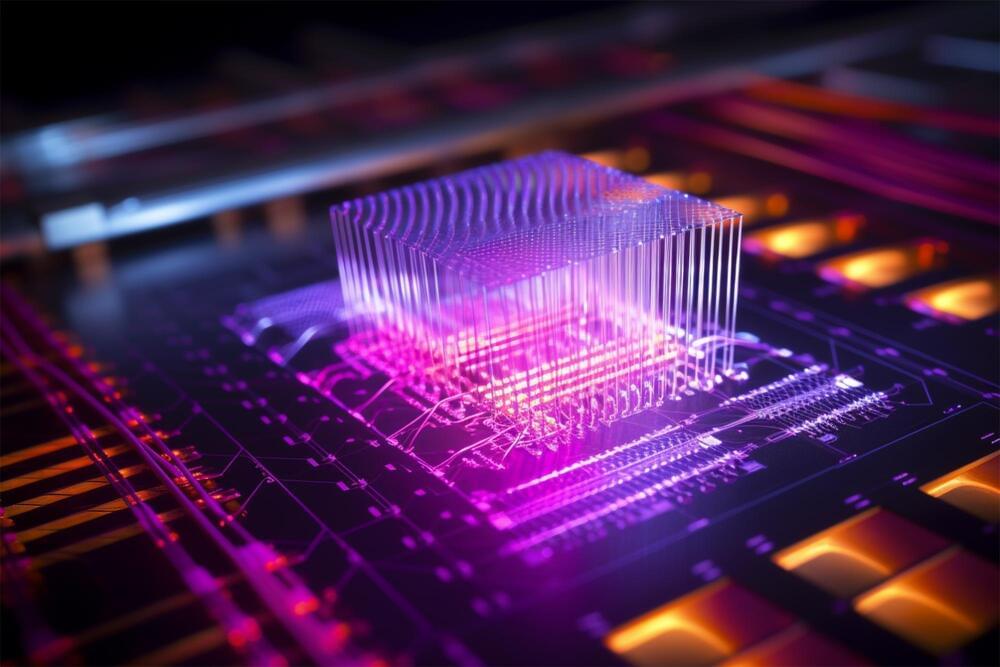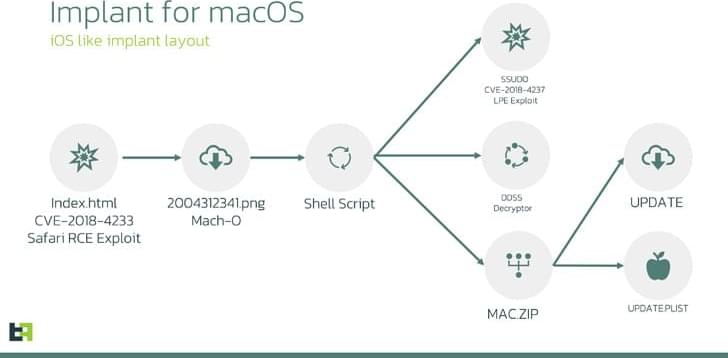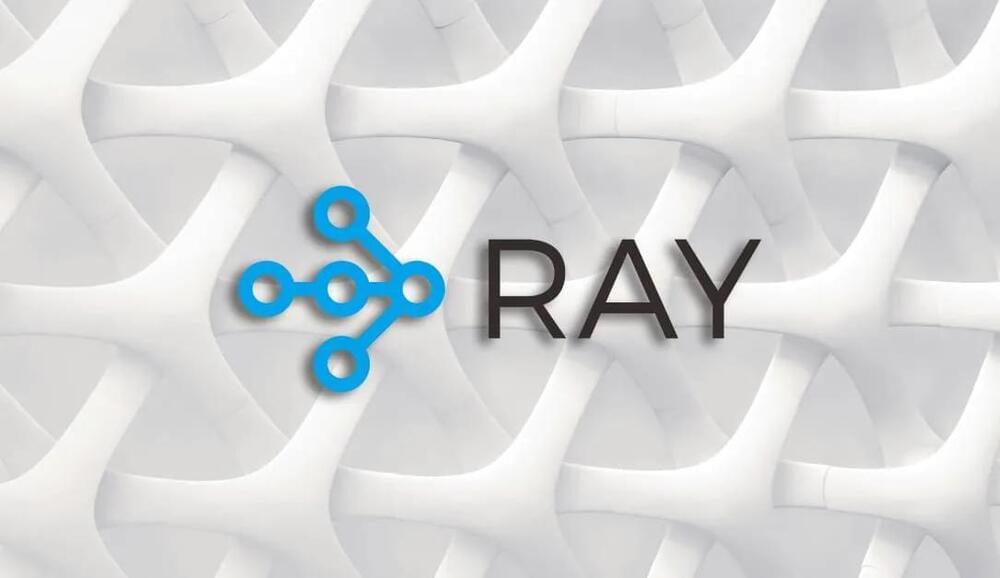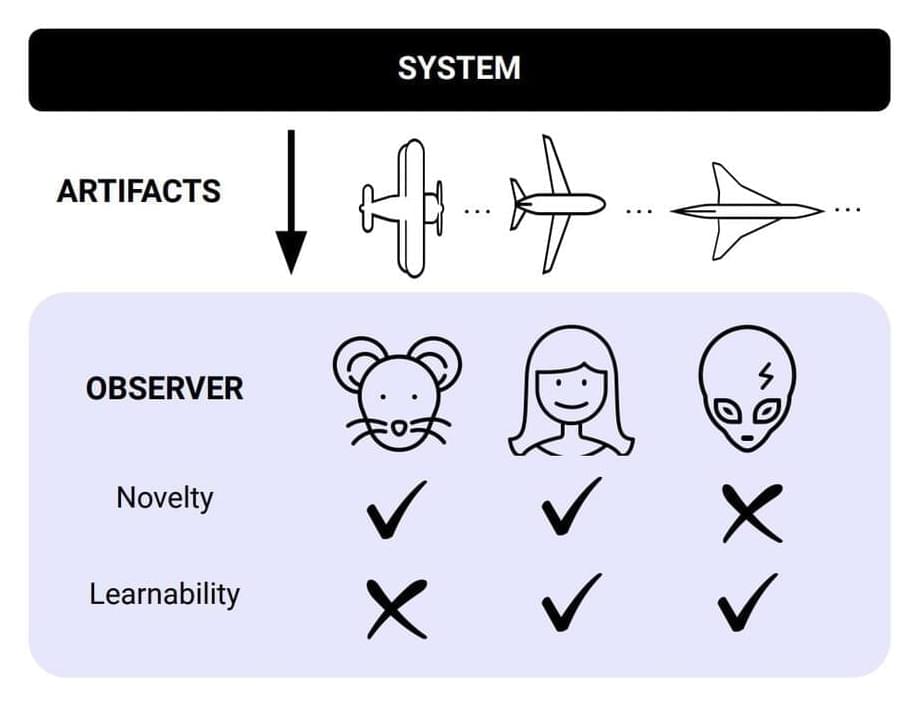Recent advances in artificial intelligence, primarily driven by foundation models, have enabled impressive progress. However, achieving artificial general intelligence, which involves reaching human-level performance across various tasks, remains a significant challenge. A critical missing component is a formal description of what it would take for an autonomous system to self-improve towards increasingly creative and diverse discoveries without end—a “Cambrian explosion” of emergent capabilities i-e the creation of open-ended, ever-self-improving AI remains elusive., behaviors, and artifacts. This open-ended invention is how humans and society accumulate new knowledge and technology, making it essential for artificial superhuman intelligence.
DeepMind researchers propose a concrete formal definition of open-endedness in AI systems from the perspective of novelty and learnability. They illustrate a path towards achieving artificial superhuman intelligence (ASI) by developing open-ended systems built upon foundation models. These open-ended systems would be capable of making robust, relevant discoveries that are understandable and beneficial to humans. The researchers argue that such open-endedness, enabled by the combination of foundation models and open-ended algorithms, is an essential property for any ASI system to continuously expand its capabilities and knowledge in a way that can be utilized by humanity.
The researchers provide a formal definition of open-endedness from the perspective of an observer. An open-ended system produces a sequence of artifacts that are both novel and learnable. Novelty is defined as artifacts becoming increasingly unpredictable to the observer’s model over time. Learnability requires that conditioning on a longer history of past artifacts makes future artifacts more predictable. The observer uses a statistical model to predict future artifacts based on the history, judging the quality of predictions using a loss metric. Interestingness is represented by the observer’s choice of loss function, capturing which features they find useful to learn about. This formal definition quantifies the key intuition that an open-ended system endlessly generates artifacts that are both novel and meaningful to the observer.


